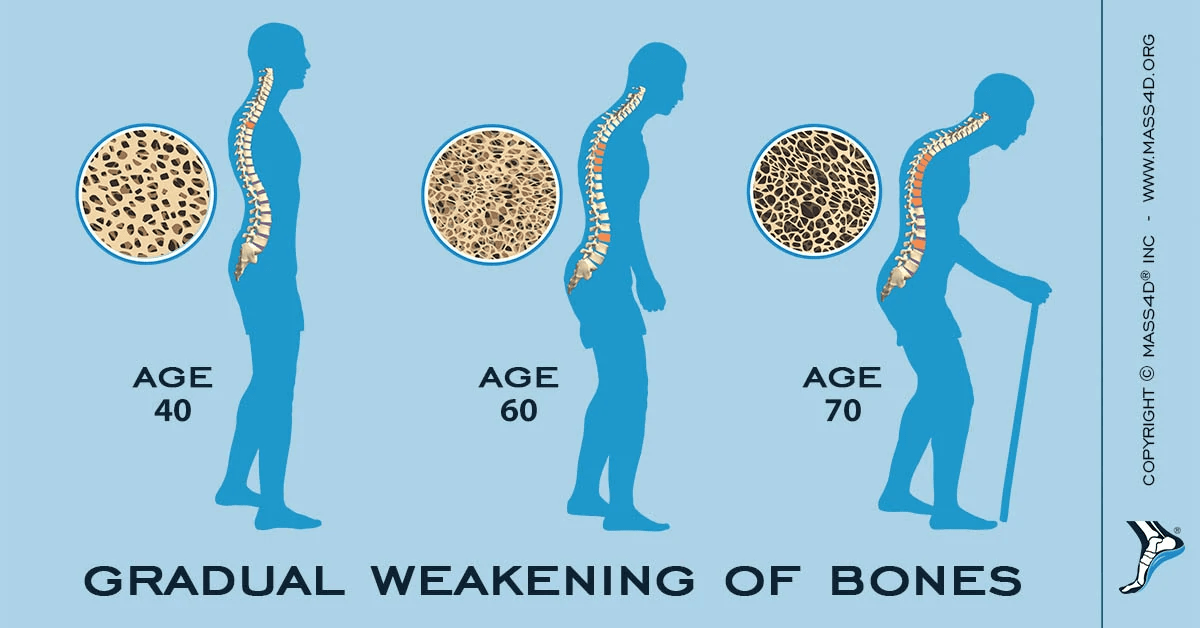
Osteoporosis is a condition characterized by compromised bone strength and elevated bone turnover, which increases an individual’s risk of fracture (Srivastava et al., 2005). Almost 44 million Americans are estimated to have low bone mass which, in 2001, had a direct national expenditure of 17 billion dollars (Srivastava et al., 2005). As such, methods of monitoring and tracking changes in bone mineral density (BMD) is paramount. The following will consider such methods, including their strengths and weaknesses.
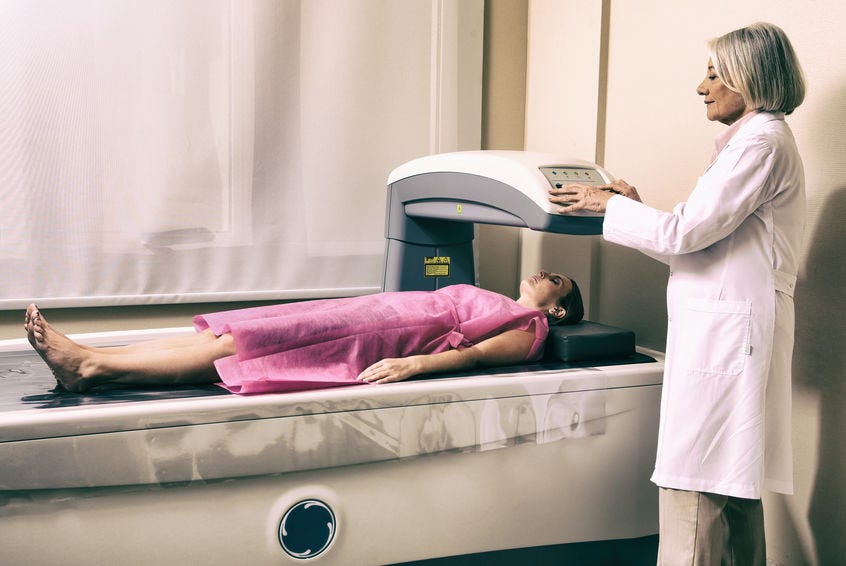
BMD is frequently measured via Duel Energy X-ray absorptiometry, colloquially known as a DEXA scan. Such a measure is a key step in prevention of fractures; the main source of morbidity for those afflicted with osteoporosis (Srivastava et al., 2005). BMD norms are determined by comparing an individual’s result against a healthy population of the same sex and assigning what is known as a T-score (measures number of standard deviations from the mean) (Lee & Nieman, 2013).

Osteoporosis is defined as a T-score at or below -2.5 (Lee & Nieman, 2013).A Z-score is the number of standard deviations above or below what’s normally expected for someone of the same age, sex, weight, and ethnic or racial origin (Mayo Clinic, 2018). If the Z-score is significantly higher or lower than the average, it may suggest that something other than aging is causing abnormal bone loss. Although DEXA scans have a degree of utility,such a technique as a stand-alone measure might limiting; DEXA tells little about bone quality to include mass, size, structure, material properties, and remodeling.
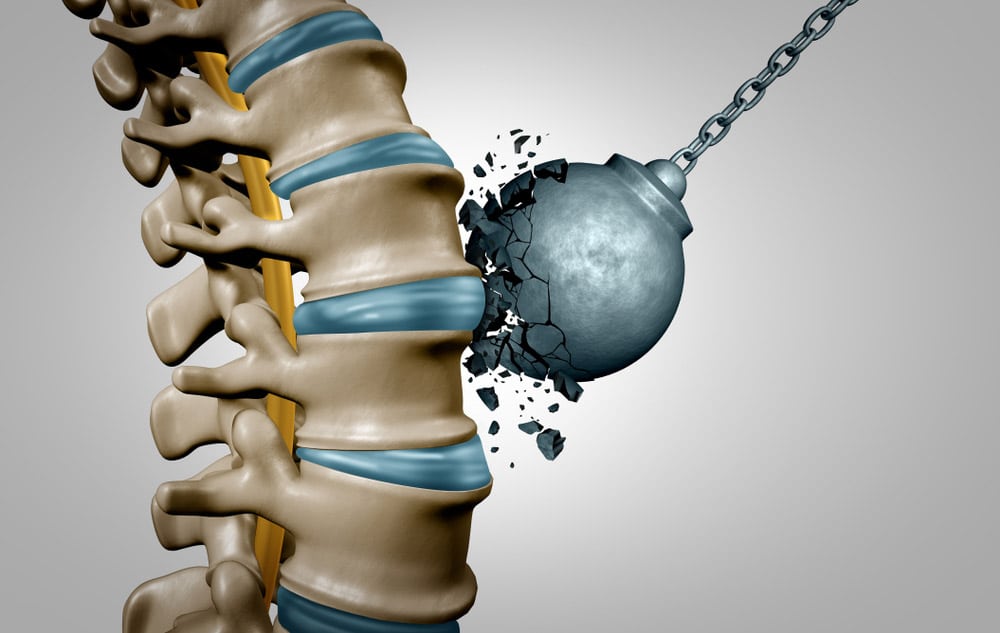
Mass, size, structure, material properties, and remodeling are other relevant elements when determining bone strength (Srivastava et al., 2005). The researchers indicated that large clinical trials using anti-resorptive drugs that reduced fracture risk were only partially explained by an increase in BMD. Current research suggests value in monitoring osteoblast (builds bone) and osteoclast (breaks down bone) activity is another relevant metric when determining fracture risk (Srivastava et al., 2005).
Bone is in a perpetual loop of buildup (remodeling) and breakdown (turnover). Such an orchestrated event is led by osteoblastic and osteoclastic activity. If osteoclastic activity (also known as a basic multicellular unit-BMU) predominates, large portions of cancellous (inner bone) bone will become excessively broken down and digested. Over time, and in the absence of adequate osteoblastic activity, bone will become exceedingly porous and weak creating deep cavities known as stress concentrators (Srivastava et al., 2005). Such activity can be traced via serum and urine analysis.
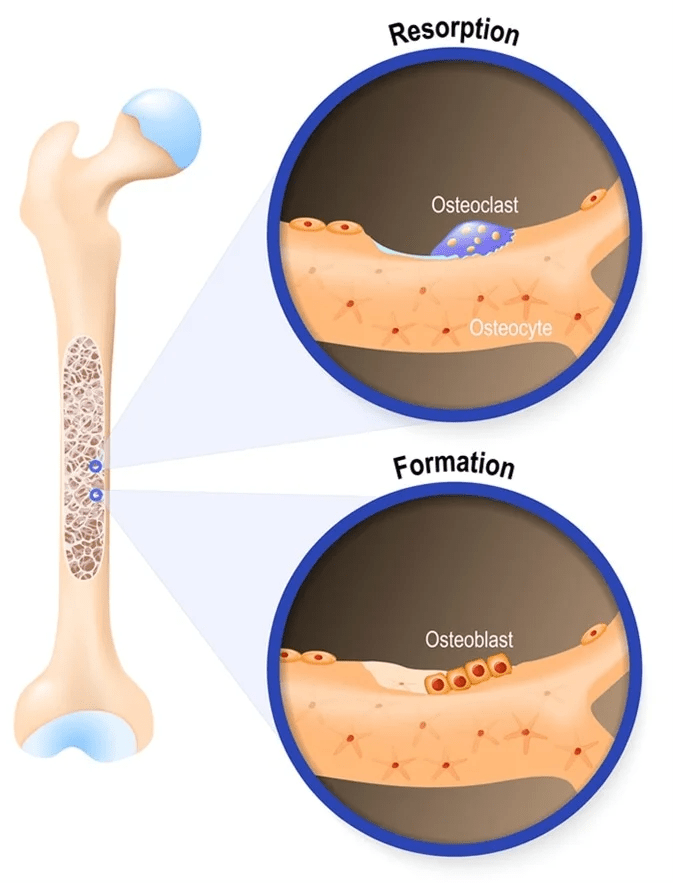
Osteoclastic activity requires enzymes to break down bone into molecules such as N-terminal telopeptides (NTx) and C-terminal telopeptides (CTx), which can be measured and tracked. Conversely, osteoblastic activity requires the use of osteocalcin (OC), type-1 pro-collagen peptides (N-terminal-PINP and C-terminal-PICP), and alkaline phosphatase (skeletal ALP); such molecules can be measured via serum analysis (Srivastava et al., 2005).
Moreover, unlike BMD tests, analysis of said biochemical markers can be measured more frequently for improvements (i.e., every 3-6 months) where changes in BMD requires 2 years before changes can be seen (Srivastava et al., 2005). Srivastava et al. (2005) noted that a patient’s pre-treatment bone biochemical marker status is defined as ‘low risk’ or ‘high risk’ (for further follow-up) by comparing their pre-treatment bone marker value with a mean value derived from normative reference population. However, there is no consensus to define high risk and low risk groups, only an upper reference range.
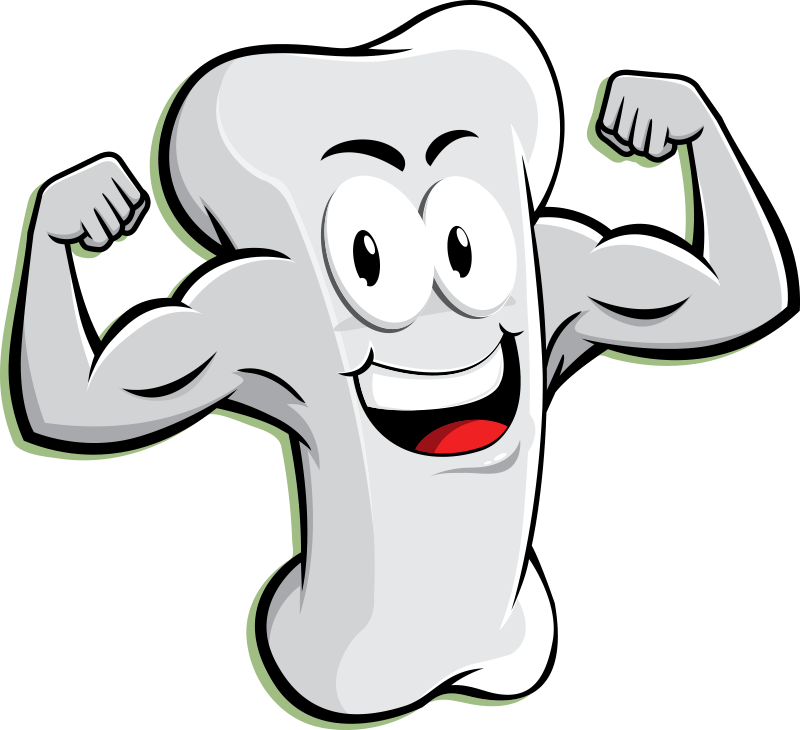
In conclusion, using DEXA and biochemical markers of bone (NTx, CTx, OC, N-terminal-PINP, C-terminal-PICP, skeletal ALP) can help assess BMD, mass, size, structure, material properties, and remodeling; elements related to fracture risk and mortality among North Americans. Ultimately, such biomarkers can help monitor, track, and manage bone health to improve the quality of life, health, and performance of individuals.
References
Lee, R. D., & Nieman, D. C. (2013). Nutritional assessment(6thed.). New York, NY: McGraw-Hill.
Mayo Clinic (2018). Bone Density Test. Retrieved from https://www.mayoclinic.org/tests-procedures/bone-density-test/about/pac-20385273
Srivastava, A. K., Vilet, E. L., Lewiecki, M., Maricic, M., Abdelmalek, A., Gluck, O., & Baylink, D. J. (2005). Clinical use of serum and urine biomarkers in the management of osteoporosis. Current Medical Research and Opinion, 21(7), 1015-1026.
-Michael McIsaac
